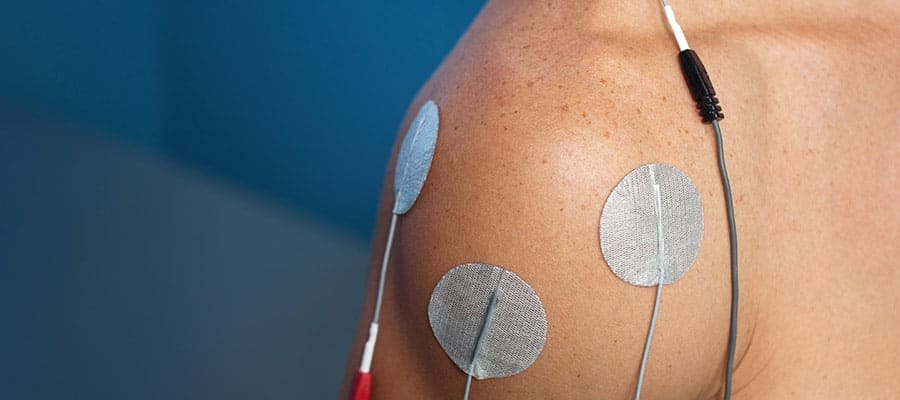There seems to be a strong relationship in people’s mind that the only thing Physiotherapists do is apply various machines to clients. These machines can be anything like a pain control electrical current (TENS or Interferential Current), Therapeutic Ultrasound, LASER, muscle stimulator, etc. You would be surprised how many clients we see who have had a past experience at a Physiotherapy clinic where the Physiotherapist would see them for about 5 minutes and then have an assistant, student or reception staff apply the above mentioned machines. The unfortunate thing is that most of the people’s experience with this approach is negative, they don’t get better. Why continue treating a certain way if clients aren’t getting better? If something isn’t working isn’t it time for course correction?

First of all, let’s make this abundantly clear, these machines are not the only thing Physiotherapy is about. In our University training we had 2 electrotherapy courses out of our 48 courses. That means that electrotherapy was less than 5% of our overall training. That being said, electrotherapy should only be about 5% of our overall treatment. What was the other 95% of our training? It involved thorough assessment skills, looking at differential diagnosis, manual therapy treatment, therapeutic exercise, maintaining therapeutic relationships, anatomy and physiology, injuries and conditions, etc. It is quite evident that our scope of practice is much more than just applying machines.
Don’t get us wrong, there is a time and a place for some of these electrotherapeutic modalities. They ‘assist’ in the recovery process, usually just to calm down some of the symptoms especially in very acute situations. The key word in the above statement is ‘assist’. The machines can calm down symptoms but don’t necessarily create enough of a mechanical change to the tissue or joints. Usually when we have an injury or pain there is a biomechanical impact, things aren’t moving as they should. That is where manual therapy comes in to play to allow things to move properly and we reinforce this improved movement with therapeutic exercise to solidify everything. As well, the evidence to support the use of electrotherapy is poor to minimal at best. Why use an approach that shows minimal to no improvement?

There are some fundamental questions that need to be answered here. Why do clinics continue this approach? Do the therapists lack confidence in manual therapy techniques? All Physiotherapists learn basic manual therapy during their university training, but most acquire their skills in post graduate continuing education courses. Is it a way of seeing multiple people at the same time? More people in a clinic usually equals more revenue.
Conclusion: Some people might get angry about the next statement, but we aren’t here to make friends, only to provide effective treatment. The only positive outcome that electrotherapy modalities have been proven to be 100% effective in producing is……








